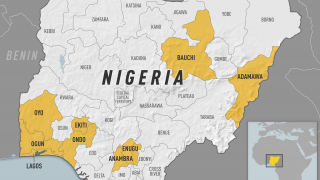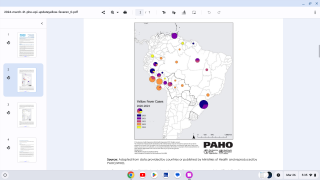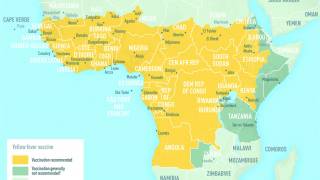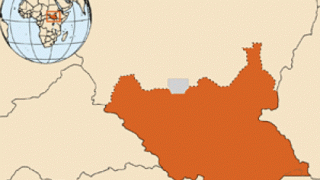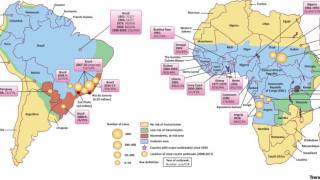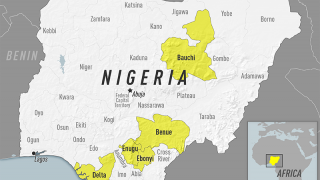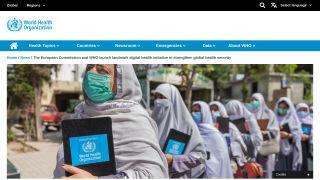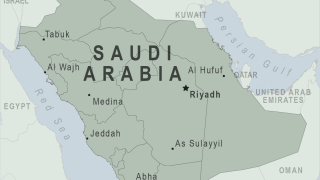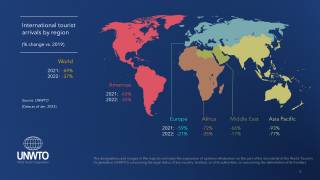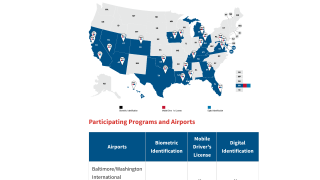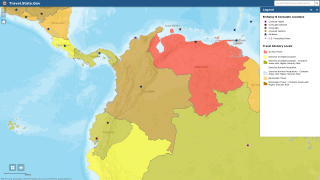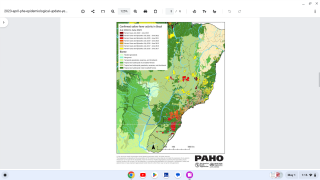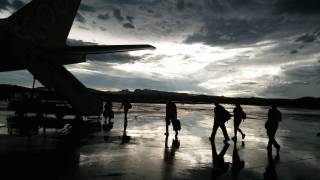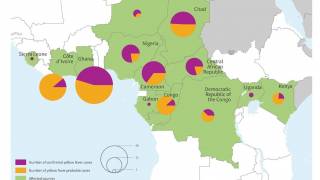Will Yellow Fever Outbreaks Migrate North
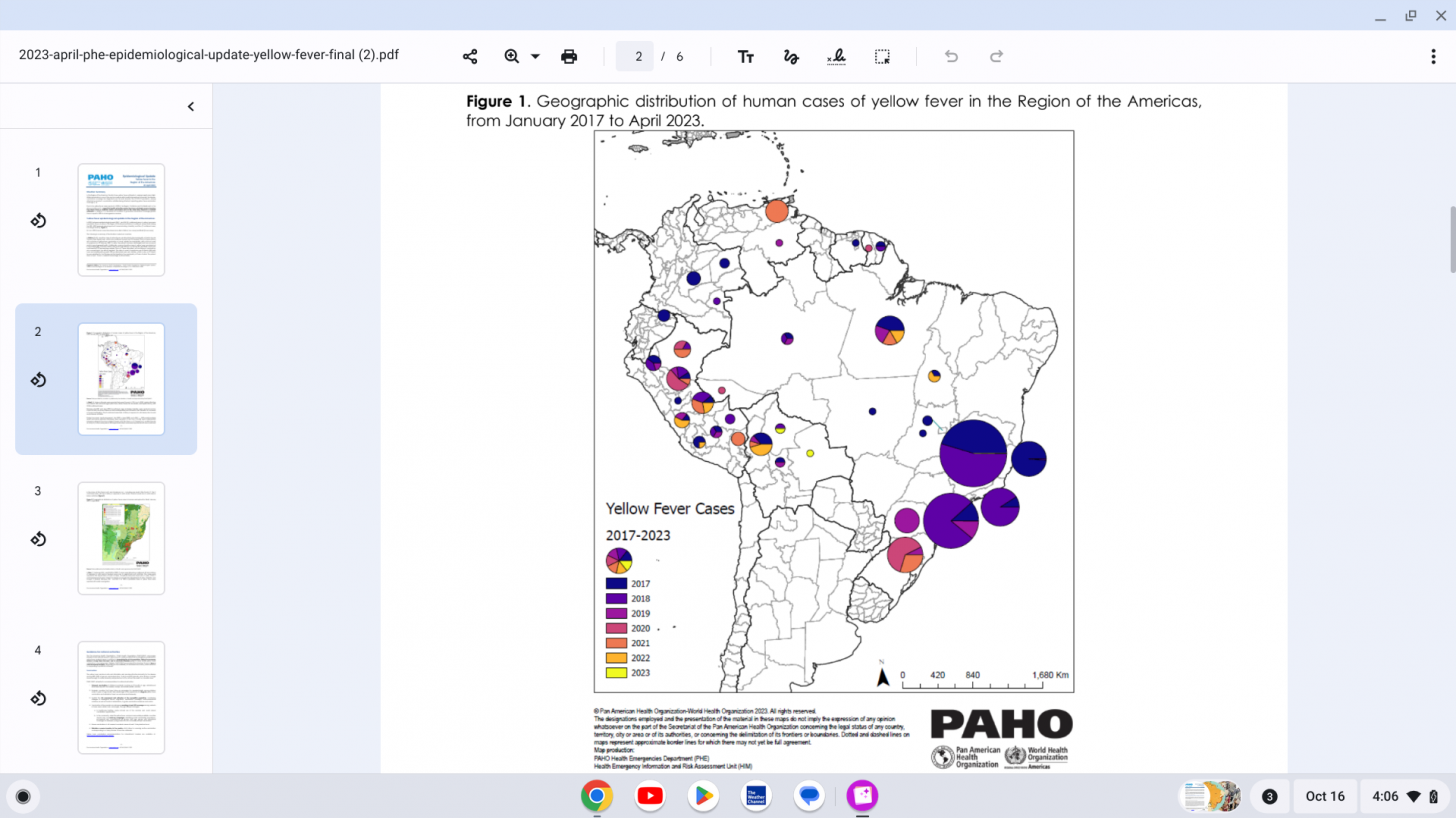
Tasked with coordinating United States readiness for its next significant global infection threat, the White House Office of Pandemic Preparedness and Response will emphasize emerging coronavirus infections, zoonotic influenzas, and infections caused by filoviruses and pathogens.
But mosquito-transmitted virus (arbovirus) infections are equally important, and their spread has begun accelerating in the American South, wrote Peter J. Hotez, M.D., Ph.D., and Angelle Desiree LaBeaud, M.D., in a Perspective published by the New England Journal of Medicine on October 14, 2023.
Excerpts from this travel-vaccine related editorial are inserted below.
Over the past decade, Florida and Texas have experienced autochthonous outbreaks, each transmitted by Aedes mosquitoes, primarily Aedes aegypti and Ae. albopictus.
Data generated from epidemiologic, mapping, and modeling analyses reveal a new confluence of climate change, urbanization, and shifting patterns of human migrations that predicts significant upticks in infections with viruses transmitted by Aedes mosquitoes.
Some forecasts are, therefore, bleak, suggesting that much of the southeastern U.S. will become widely suitable for dengue or yellow fever.
In 2022, confirmed cases of yellow fever were reported in three countries in the Region of the Americas: Bolivia (5), Brazil (5 cases, including four deaths), and Peru (7 cases, including five deaths).
Yellow fever, in particular, has a concerning legacy.
During the 1800s, yellow fever caused highly lethal and economically devastating urban epidemics in southern U.S. coastal cities and those on the Mississippi River.
It was sometimes known as "yellow jack," from the name of a nautical flag hoisted from ships arriving from the Caribbean that were quarantined because of suspected disease cases.
Yellow fever's most feared complication was vomito negro (black vomit), occurring in the end stages of lethal illness owing to hemorrhagic bleeding in the upper gastrointestinal tract.
Yellow fever outbreaks decimated southern U.S. cities for nearly 100 years, beginning in 1820. In their 2005 book Yellow Jack, J.R. Pierce and J. Writer noted, "There is not a single disease today that can terrorize a community the way yellow fever did.… Americans living in seaport cities came to dread the approaching summer. This seasonal anxiety lasted over a hundred years."
The last major U.S. yellow fever epidemic occurred in New Orleans in 1905 (with an estimated 5,000 cases and 1,000 deaths). But there are renewed fears that yellow fever could return to Gulf Coast cities, such as Galveston, Corpus Christi, and Houston, Texas; Mobile, Alabama; New Orleans; and Tampa.
Such an epidemic could take a more significant toll than most modern infectious disease outbreaks in the United States.
An effective, albeit expensive, yellow fever vaccine exists today, but it's a live-virus vaccine and can have serious, if rare, side effects.
Sanofi Pasteur's YF-VAX® vaccine is U.S. Food and Drug Administration-approved.
Currently, the U.S. population is nearly entirely unvaccinated against yellow fever, and there are no vaccine doses in the U.S. Strategic Stockpile, stated these doctors.
During a sizable epidemic, yellow fever could tear quickly through unimmunized populations across the American South, and it is unlikely that the U.S. government would be prepared to acquire and distribute vaccines promptly.
In Brazil, fractional dosing of yellow fever vaccines has been used to extend vaccine inventories and quickly amplify herd immunity, a strategy approved by the World Health Organization (WHO) for emergencies.
Ultimately, we need a comprehensive plan for better-coordinating mosquito surveillance and control among counties at risk.
We believe yellow fever should be prioritized as part of our national pandemic-preparedness efforts, given that the conditions are now in place for yellow jack to return and sicken many people in southern U.S. cities, wrote these health experts.
The full unedited article is posted at this link.
According to the WHO, the risk of acquiring yellow fever during travel is difficult to predict.
For a 2-week stay, the estimated risk for illness and death due to yellow fever for an unvaccinated traveler visiting an endemic area are as follows: for West Africa, the risk for illness is 50 per 100,000, and the risk for death is 10 per 100,000; for South America, the risk for illness is 5 per 100,000 and risk for death is 1 per 100,000.
As of October 16, 2023, both dengue and yellow fever vaccines are available at travel vaccination clinics and pharmacies.
Our Trust Standards: Medical Advisory Committee

